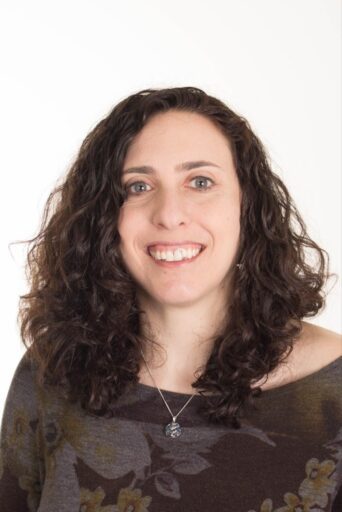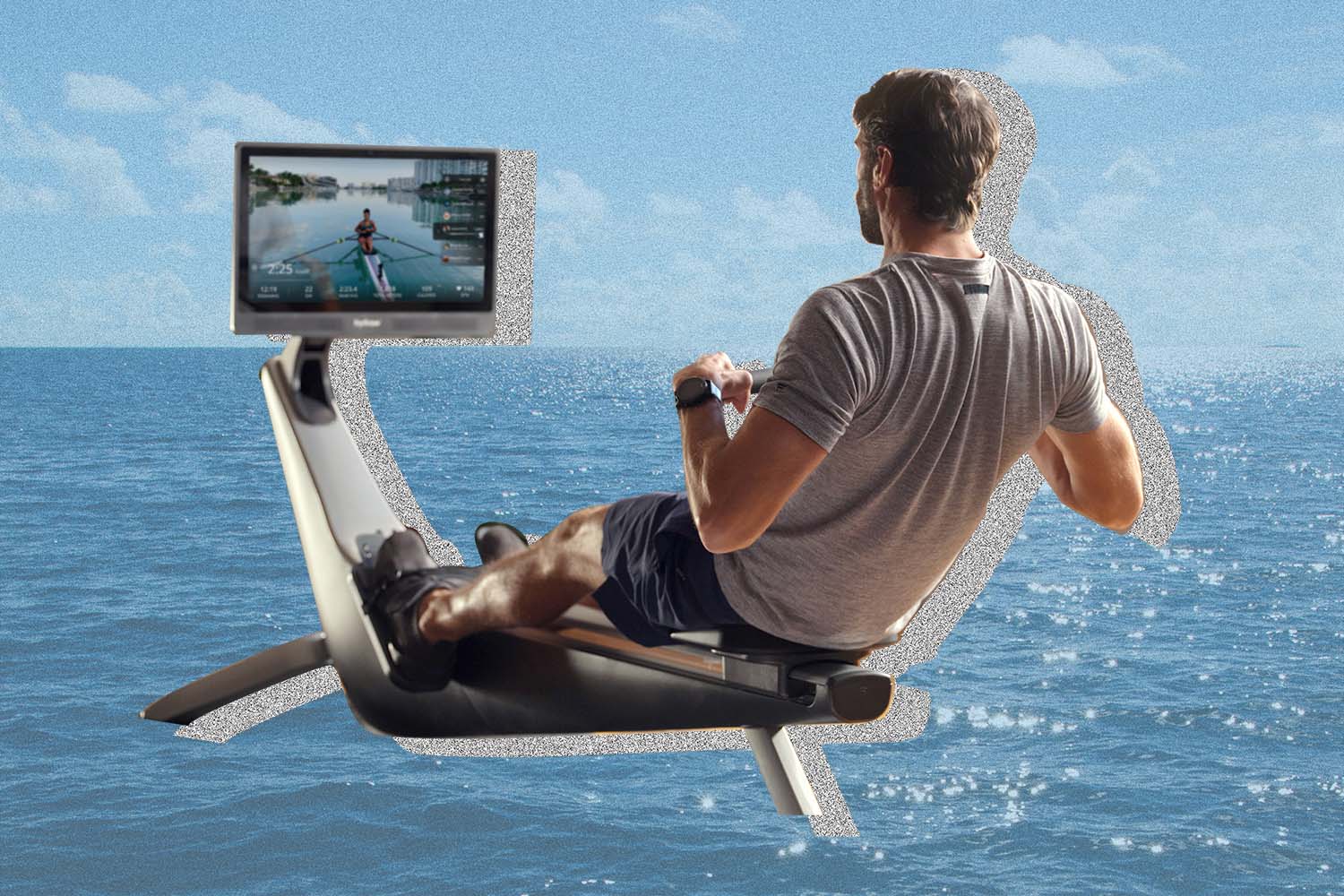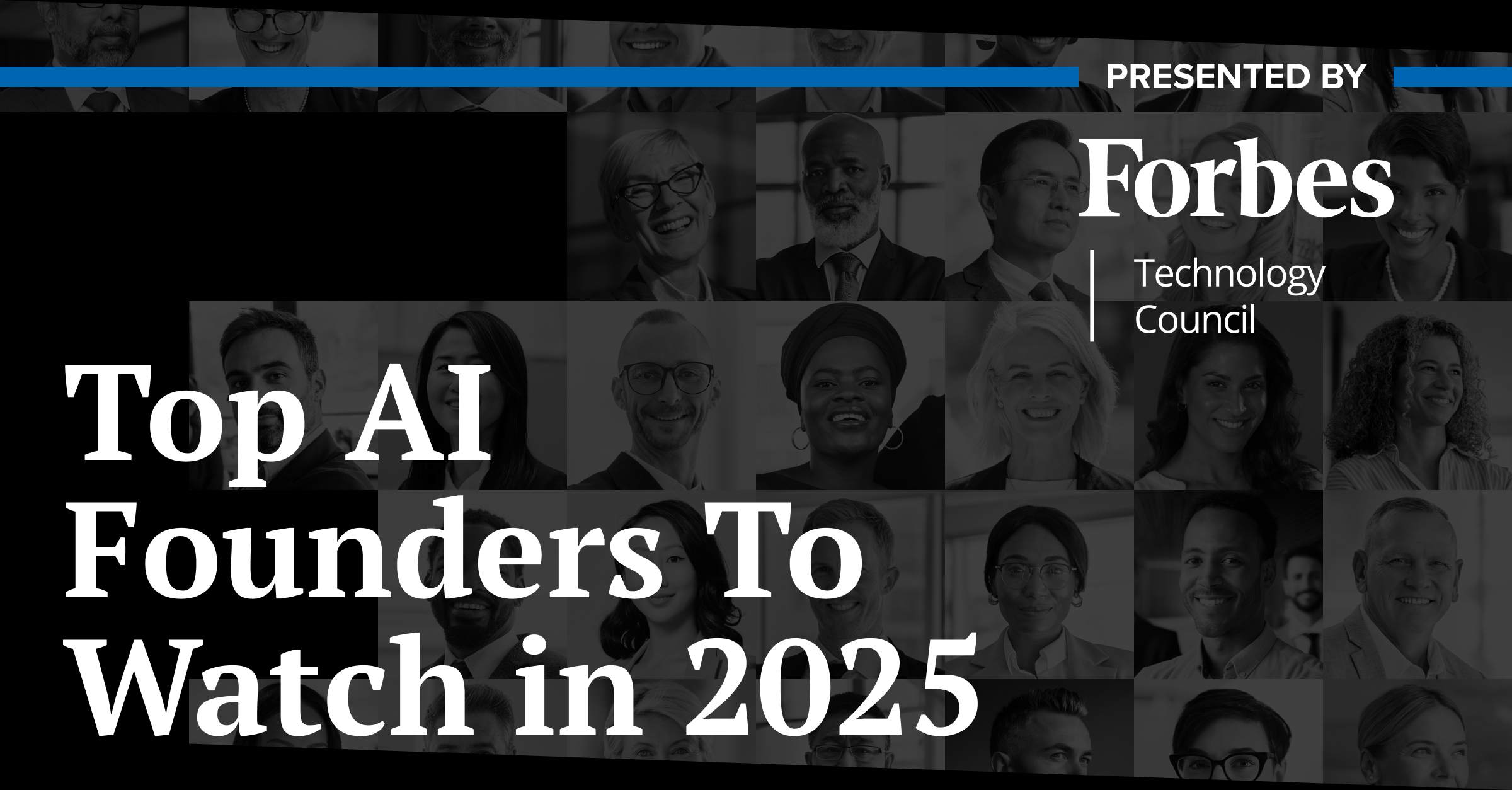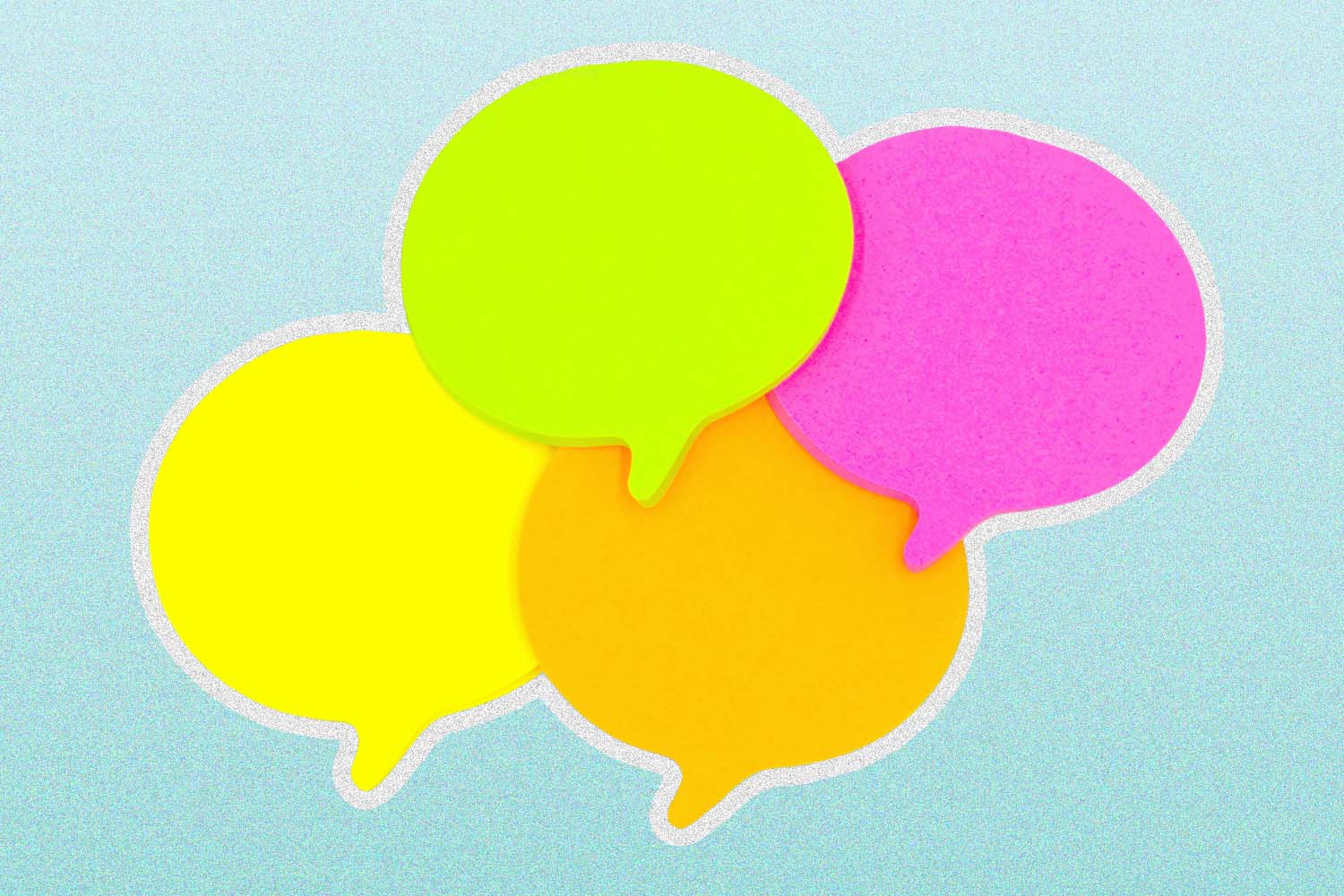Top talent for top positions can be hard to find, but they might be closer than you think. At Custom Ink — an online custom apparel retailer headquartered in Fairfax, Virginia, with about 2,000 employees working in a hybrid environment — Jordana Cole is the director of Learning and Development. And one of her areas of focus is to identify and develop leadership skills among current staffers, which the company calls Inkers.
To do that, they offer a suite of programs through an initiative called Lead Well. One offering targets emerging leaders, or individuals identified as having high leadership potential. “What’s cool about it is it equips people with the skills before they actually move into people leadership roles, so they’re starting those good habits from day one,” Cole says. “But it’s also giving them insights and exposure into what people leadership is. And then [they can] make the intentional choice of whether or not [it’s] a path for them. And if it’s not, guess what? Those skills on communication, collaboration, and goal-setting serve you well, no matter what role you’re in.”
Read on for more edited excerpts from our exclusive interview.
Senior Executive Media: For these leadership programs, how do you select the individuals to participate in them? How do you identify who might be high-potential individuals?
Jordana Cole: I work with the directors and team managers around the business. First, we think about planning, based on where we think we’re going to get the organization [and] what we think the makeup of leadership might be in the next couple of years… We create an overview of a cohort that we want to have a mix of representation and development across the organization. But we kind of even out spots based on where we see potential growth in the business and needs, as well as what our current staffing levels are in those particular departments.
Then I work with leaders — the direct functional directors — to give them a rubric of what we’re looking for, for participants in the program… And also ask for thinking about, from a diversity standpoint, how we’re being representative, and giving opportunities to Inkers from many different backgrounds, both to provide a stronger pipeline, to provide stronger experience to the cohort and stronger experience to the business.
…Then, have them identify, okay, if these are the number of spots that you have available, telling your team who are the people. From there, they’re nominated. And then those individuals are informed. They go through a short application process to confirm their willingness and interest in being in the program. Sometimes there are people who are identified who think, “You know what? I don’t know that I can commit the time to this. Or I’m not sure this is right for me.” And then I’ll go back to those departments to see, okay, who might we want to add.
“Leadership isn’t a role. Management is a role. Leadership is an action.”
What happens if [during the program] they discover they are not on that path toward leadership?
Cole: I’ve had individuals who go through the program, and halfway through, as they’re going through the workshops and having conversations, they say, “You know what? I thought coming into this that I wanted to be a people leader, but I don’t really know that this is for me.” To me, that’s a win. And, you know, then we talk about, “Great, have that conversation with your manager. Let that be a lens to think differently about your career progression. Why is that?” Have a dialogue in your one-on-one about, “What did you learn that indicates that this isn’t for you? What are things that you’re looking for in a role?” Then let’s talk about and identify where there might be places where there’s transferable skills, and rather than dropping out of the program, think about — okay, I have to do coffee talks as part of my program. Who could I connect with intentionally to learn more about different areas of the business where I might be able to use those skills? Maybe I don’t want to be a people leader. But I want to be in a role that leads through influence. Where can I learn about what those roles look like, what they were looking for, in their day-to-day? How can I partner with people in my cohort who are from very different departments to ask those same questions and learn those same things? And then where can I put some of what I’ve learned into practice?
Leadership isn’t a role. Management is a role. Leadership is an action. So how do you take those actions and put them in your day-to-day, whether it’s what you’re role-modeling with teams, what you’re modeling with customers, if you want to get involved with influencing, and kind of being a part of more collaborative things.
With the emerging leaders program, specifically, how do you measure success?
Cole: I think of myself, as an L&D person, as a behaviorist. I’m trying to change behavior. So how do I measure those behaviors? That’s hard. So one of the things I do in programs like this is a pre- and post-assessment. When they come into the program, there’s a series of statements that align with the behaviors that they’re going to learn and practice within the program. They do a baseline assessment for themselves, and their managers do a similar baseline assessment. Then we kind of do a report out so they can see, both holistically and within an individual, where there’s alignment, where there’s discrepancy, and where both people think their top focus areas and their top strengths are, so that they can be intentional going into the program [about] what they’re going to get out of it.
We do the same thing at the output. So post-, about a month after the program, we measure again… We actually just finished the measurement for this cohort, which ended in July. We bucket things into leadership skills and program competencies. And what we saw is that we averaged, for a cohort of 37 people, an 8.5% lift in the leadership skills pre- to post- and a 12% lift in competencies, as measured both by participants and their managers. And every single thing went up. So that is the behavioral impact.
Then I’m measuring, on the longer tail, the business impact. One of the things I keep track of is…retention. With participation in that program, the retention is over 90%… And then we also measure promotion and internal mobility rates. With this cohort, we’ve seen already more than a third have been promoted or moved internally into a different role, which might be a lateral role… Within two years, we’ve been averaging that 65% of the cohort winds up either being promoted or moving internally to another team.
Think about the experiences that they’re bringing from that other team, that perspective that they’re bringing — that impacts the organization. So that’s how I look at it holistically. Yep, they’re attending it, they’re getting value out of it, the behaviors are changing. And there’s having business impact.
That sounds like great success rates for the programs. Can you share any big success stories that you think are good examples of what the program does for the employee, as well as for the company?
Cole: Gosh, there’s a lot. I have an embroidery that a former participant sent me at the close of the program last year. This was a cohort that got started right before the pandemic hit. And then we kind of had to change the approach… We wound up elongating it and creating the community of those individuals. It wound up being a year instead of six months. And at the end of that program, one of the participants sent me this embroidery of what she said she got coming out of this program: “We can do hard things.”
…So I see this every day. And I think, that’s what something like this does — it creates a sense of community. It builds a sense of confidence and also resilience. Then when things are hard, this person still wants to give their best because they remember they can lean on the tools that they got from this program. And I think the impact of a program like this, sure, there’s the things that we talked about in the business impacts. But more broadly, it’s the ripple effect…
I joke, I’m like a Johnny Appleseed. I’m wandering around, I’m planting little seeds, I’ve given them some soil. And I’m hoping that they get nurtured, and they grow up. And somebody like this goes back to her team and she takes what she’s learned through a program like this. And she brings, whether it’s through her peers or as she moves up into a people leadership experience or role, those best practices to help infuse that into them and help them be at their best. The ripple effect that has on people as they’re engaging with customers or each other, maybe those individuals now are inspired to go into the program and learn the same thing.
Managers are that linchpin of that ripple effect, right? And programs like this. It’s not just the immediate people that you’re impacting. It’s that first, second, third network connection that you might not be thinking about.







